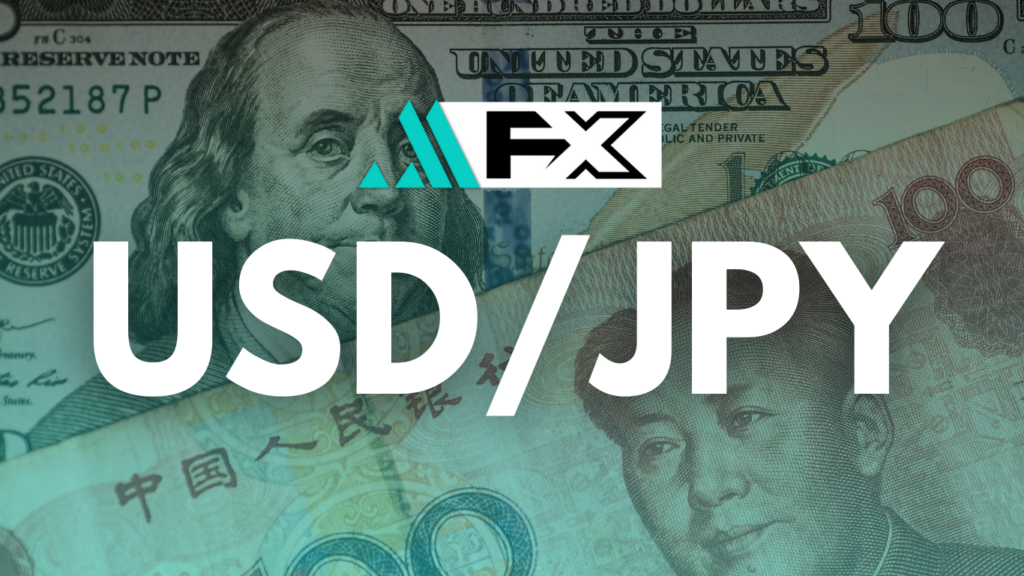The USD/JPY pair surged above 148.20 on Monday, its highest level in over a month, after the U.S. and China announced a temporary resolution in their long-standing trade dispute. A 115% reduction in tariffs, agreed upon during weekend negotiations in Switzerland, has significantly bolstered sentiment around the U.S. dollar.
The breakthrough stems from a 90-day suspension of new tariffs, outlined in a joint statement. While the 20% levy on fentanyl imports from China remains, U.S. officials confirmed that discussions were “constructive” and ongoing.
In response, the U.S. Dollar Index (DXY) jumped to 101.80, a one-month high, reflecting renewed investor confidence in the Greenback. The easing of trade hostilities reduces downside risk and shifts capital flows away from safe-haven assets like the Japanese yen, weakening its position.
Yen Weakens as Safe-Haven Demand Fades
The Japanese yen, often favored in times of global uncertainty, slipped across the board amid fading geopolitical tensions. The US-China trade truce has notably diminished the yen’s role as a refuge asset, especially in the currency markets.
Key contributing factors:
- Reduced global risk premium post-tariff cut
- Surging U.S. equity futures and capital rotation into risk assets
- Unclear timeline for BoJ rate hikes, creating policy ambiguity
Market participants are now eyeing future guidance from the Bank of Japan, with uncertainty over whether policymakers will move forward with rate normalization this year.
CPI Data Could Shape Dollar Trajectory
The next major event on traders’ radars is the release of U.S. Consumer Price Index (CPI) data for April, scheduled for Tuesday. While expectations for major surprises are low, any significant divergence from consensus could influence Fed policy sentiment.
- A hot CPI print may reignite speculation of rate hikes
- A softer reading could anchor inflation expectations, particularly after new policy signals from President Trump
- Market focus remains on consumer inflation expectations, not just headline data
Analysts suggest that while the USD/JPY uptrend is currently fueled by trade optimism, inflation surprises could offer short-term volatility.
With tariffs slashed and trade tensions easing, USD strength may persist into the week. But investors will closely watch whether the CPI print adds momentum—or presents a pivot point.
Would you like an updated forecast after the CPI data release?


